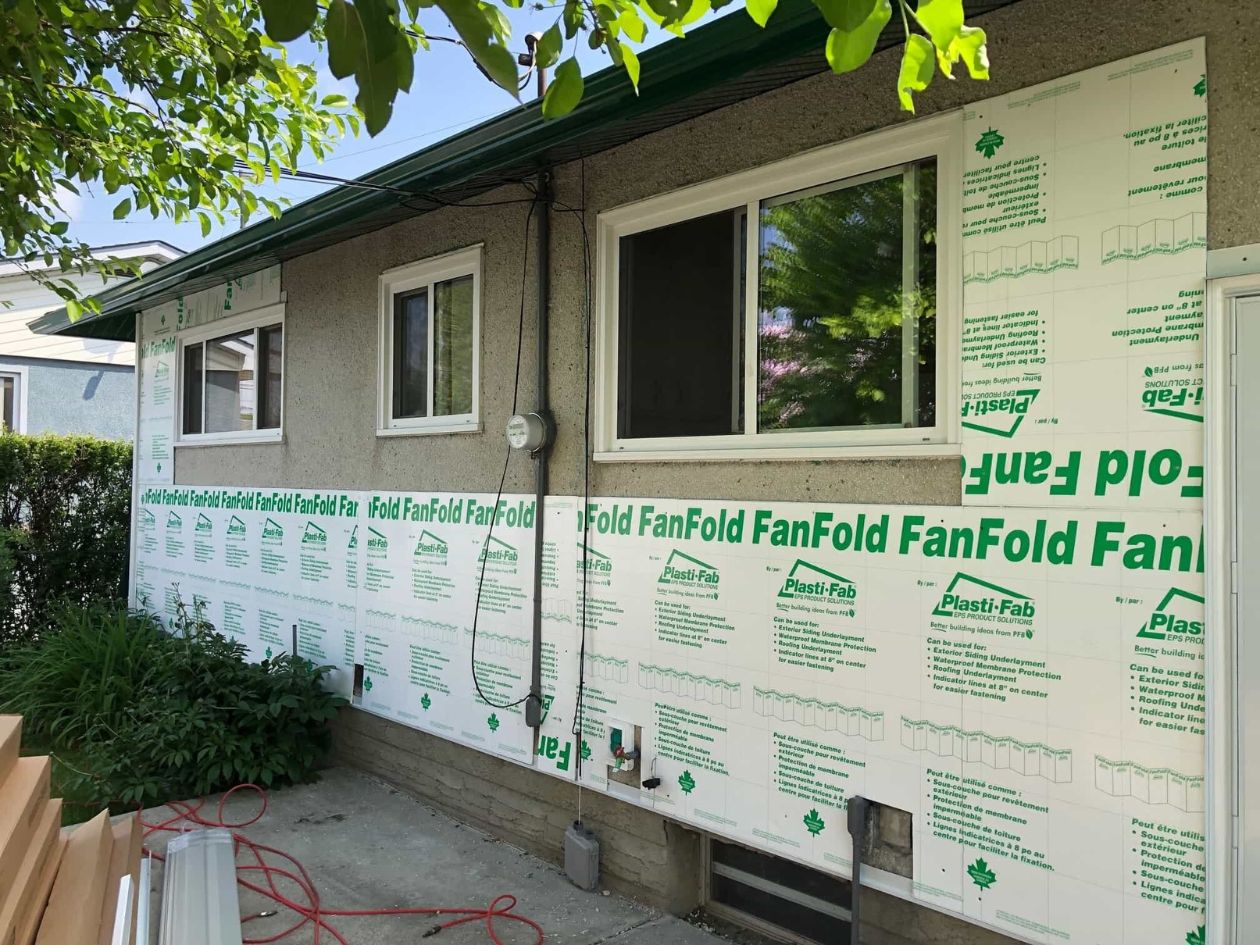

Articles
What Is Fanfold Insulation Used For
Modified: May 6, 2024
Fanfold insulation has many uses in construction and insulation projects. Learn more about its benefits and applications in our informative articles.
(Many of the links in this article redirect to a specific reviewed product. Your purchase of these products through affiliate links helps to generate commission for Storables.com, at no extra cost. Learn more)
Introduction
Fanfold insulation is a versatile and widely used material in the construction industry. It is designed to provide thermal insulation and protection against moisture, noise, and temperature fluctuations. This type of insulation is commonly used in both residential and commercial buildings to enhance energy efficiency and improve comfort levels.
Fanfold insulation is a lightweight and flexible material that consists of multiple layers of insulating material, typically made of polyethylene or polystyrene foam, joined together in a accordion-like pattern. It is called “fanfold” because it can be easily folded and unfolded, making it convenient for transportation and installation.
This article will delve into the various benefits and applications of fanfold insulation, highlighting its role in improving energy efficiency, controlling moisture, reducing noise, and protecting against temperature fluctuations. Additionally, we will explore the installation process and provide valuable insights for homeowners and contractors alike.
Key Takeaways:
- Fanfold insulation is a versatile material that enhances energy efficiency, controls moisture, reduces noise, and protects against temperature fluctuations, making it an essential component in modern building design.
- The installation of fanfold insulation is a straightforward process that can be completed by homeowners or professionals, ensuring proper adhesion and maximum effectiveness in improving building performance.
Read more: What Is Blanket Insulation Used For
Definition of Fanfold Insulation
Fanfold insulation, also known as continuous insulation, is a type of insulation material that is characterized by its accordion-like folding pattern. It is typically made of polyethylene or polystyrene foam, both of which are lightweight and highly effective at providing thermal insulation.
The unique design of fanfold insulation allows it to be easily transported and installed on both new construction projects and existing buildings. It comes in large rolls or sheets, which are unfolded and laid out along the desired surface. The accordion-like folding allows for easy manipulation and cutting, making it adaptable to various shapes and sizes.
The primary purpose of fanfold insulation is to enhance the energy efficiency of buildings by reducing heat transfer. It acts as a barrier to prevent heat from escaping during the cold winter months and keeps cool air trapped inside during the hot summer months. This results in reduced energy consumption and lower utility bills.
In addition to its thermal insulation properties, fanfold insulation also provides other benefits such as moisture control, noise reduction, and protection against temperature fluctuations. It helps to create a more comfortable and sustainable indoor environment, improving overall living conditions for occupants.
Furthermore, fanfold insulation is an eco-friendly and sustainable choice for insulation. It is typically made from recyclable materials and can be recycled at the end of its lifecycle. This reduces waste and environmental impact, making it a preferred choice for architects, contractors, and homeowners who prioritize sustainability.
Benefits of Fanfold Insulation
Fanfold insulation offers a range of benefits that make it a popular choice for both residential and commercial buildings. Let’s explore some of the key advantages:
- Energy Efficiency: Fanfold insulation significantly improves the energy efficiency of buildings. By providing a thermal barrier, it helps to reduce heat transfer through walls and roofs, resulting in lower energy consumption for heating and cooling. This leads to reduced utility bills and a smaller environmental footprint.
- Moisture Control: One of the essential functions of fanfold insulation is moisture control. It acts as a barrier, preventing moisture from seeping into the building envelope. This helps to protect the structure from potential damage caused by mold, mildew, and rot. It also helps to maintain the indoor air quality by preventing the growth of harmful microorganisms.
- Noise Reduction: Fanfold insulation provides acoustic insulation, reducing the transmission of sound waves. It helps to create a quieter and more peaceful indoor environment by minimizing noise from the exterior, such as traffic or construction. This is especially beneficial for buildings located in busy areas or near sources of noise pollution.
- Protection against Temperature Fluctuations: Fanfold insulation acts as a thermal barrier, protecting the interior of the building from extreme temperature fluctuations. It helps to maintain a consistent temperature, ensuring comfortable living or working conditions year-round. This is particularly important in regions with severe climate variations.
- Durability: Fanfold insulation is designed to be durable and long-lasting. It is resistant to rot, mold, and pests, ensuring the integrity of the insulation for an extended period. This reduces the need for frequent replacements, resulting in cost savings and less waste.
In summary, fanfold insulation offers numerous benefits ranging from energy efficiency to moisture control, noise reduction, temperature stability, and durability. Its versatility and effectiveness make it an ideal choice for enhancing the performance and comfort of any building.
Applications of Fanfold Insulation
Fanfold insulation is widely utilized in various applications within the construction industry. Its versatility and effectiveness make it suitable for both residential and commercial projects. Let’s explore some common applications:
- Exterior Walls: Fanfold insulation is commonly used in exterior wall assemblies. It is installed beneath the exterior cladding, providing an additional layer of insulation to enhance energy efficiency and improve thermal performance. This is especially beneficial in regions with extreme temperatures.
- Roofing Systems: Fanfold insulation is often employed in roofing systems to enhance insulation and protect against moisture. It is installed beneath the roofing materials, preventing heat transfer and minimizing the risk of water damage caused by leaks or condensation.
- Foundation Insulation: Fanfold insulation is used to insulate foundations, reducing heat loss and preventing moisture intrusion. It helps to maintain a consistent temperature in the basement or crawl space and prevents the formation of mold and mildew, which can cause structural damage and health issues.
- Underlayment for Siding: Fanfold insulation is commonly used as an underlayment for siding materials such as vinyl or fiber cement. It improves the energy efficiency of the building while providing a smooth and even surface for the installation of the siding materials.
- Attic Insulation: Fanfold insulation is often utilized in attics to improve energy efficiency and prevent heat loss. It is installed between the roof rafters or as a continuous layer on the attic floor to create a thermal barrier and reduce energy consumption.
- Soundproofing: Fanfold insulation is also utilized for soundproofing purposes. It can be installed in interior walls or ceilings to reduce noise transmission between rooms or floors, creating a quieter and more peaceful living or working environment.
These are just a few examples of the many applications of fanfold insulation. Its versatility and ease of installation make it a popular choice among builders, contractors, and homeowners looking to enhance the energy efficiency, comfort, and durability of their structures.
Energy Efficiency
Fanfold insulation plays a critical role in improving the energy efficiency of buildings. By reducing heat transfer, it helps to minimize the amount of energy required to maintain comfortable indoor temperatures. Here are some key aspects of how fanfold insulation enhances energy efficiency:
- Thermal Barrier: Fanfold insulation acts as a thermal barrier, preventing heat from escaping during cold weather and blocking the entry of hot air during warmer months. This reduces the need for excessive heating or cooling and results in lower energy consumption.
- Reduced Heat Loss: When installed in exterior walls, roof systems, or foundation insulation, fanfold insulation reduces heat loss through these areas. This minimizes heat transfer to the outside, allowing the heating system to operate more efficiently and reducing heating costs.
- Minimized Heat Gain: In warmer climates, fanfold insulation helps to prevent heat gain through the walls and roof. By keeping the hot air from infiltrating the building, it reduces the reliance on air conditioning systems and lowers cooling costs.
- Elimination of Thermal Bridging: Fanfold insulation helps eliminate thermal bridging, which is when heat flows through areas of a building with higher thermal conductivity. By providing continuous insulation, it reduces the transfer of heat through studs, joists, and other framing components, leading to improved energy efficiency.
- Improved HVAC Efficiency: With the reduced demand for heating and cooling, HVAC systems can operate more efficiently when combined with fanfold insulation. They can reach desired indoor temperatures faster and maintain them more consistently, resulting in energy savings and increased comfort.
- Compliance with Energy Codes: Many building codes include energy efficiency requirements, and the use of fanfold insulation can help meet these standards. By installing fanfold insulation, builders and homeowners can ensure compliance, reducing energy consumption and supporting sustainable construction practices.
By considering energy efficiency and incorporating fanfold insulation into construction projects, building owners can achieve significant cost savings on energy bills while reducing their environmental impact. This investment in energy-efficient measures not only benefits the occupants but also contributes to a more sustainable future.
Fanfold insulation is commonly used as a cost-effective and efficient way to insulate walls, roofs, and other areas of a building. It can help improve energy efficiency and reduce heating and cooling costs.
Read more: What Is Reflective Insulation Used For
Moisture Control
Fanfold insulation plays a crucial role in controlling moisture within buildings. It acts as a barrier, preventing the infiltration of moisture and protecting the structure from potential damage. Here are some key aspects of how fanfold insulation helps with moisture control:
- Prevention of Condensation: Moisture condensation can occur when warm, humid air comes into contact with colder surfaces. Fanfold insulation helps to prevent condensation by providing an additional layer of insulation between the interior and exterior surfaces, reducing the risk of moisture accumulation.
- Protection against Water Intrusion: Fanfold insulation acts as a barrier against water intrusion. When properly installed, it helps to divert water away from the building envelope, reducing the risk of water damage. This is particularly important in areas prone to heavy rainfall, leaks, or flooding.
- Mold and Mildew Prevention: Moisture infiltration can lead to the growth of mold and mildew, which not only damages the building but also poses health risks to occupants. Fanfold insulation acts as a moisture-resistant barrier, reducing the likelihood of mold and mildew growth and promoting a healthier indoor environment.
- Improved Indoor Air Quality: By preventing moisture infiltration, fanfold insulation helps to maintain a healthier indoor air quality. It reduces the likelihood of allergens, such as mold spores, entering the building, minimizing respiratory issues and improving the overall comfort of occupants.
- Protection of Building Materials: Excessive moisture can lead to the deterioration of building materials, such as wood rot or corrosion of metal components. Fanfold insulation helps to protect these materials by providing a barrier against moisture, prolonging the lifespan of the structure and reducing the need for costly repairs.
- Vapor Permeability: A well-designed fanfold insulation system allows for proper vapor permeability. This allows any trapped moisture within the building envelope to escape and prevents the build-up of excessive moisture that can cause structural damage or compromise energy efficiency.
By controlling moisture, fanfold insulation helps to create a healthier and more durable building environment. It reduces the risk of structural damage, mold growth, and deterioration of materials, promoting the longevity and sustainability of the building.
Noise Reduction
Fanfold insulation is an effective solution for reducing noise transmission within buildings. It helps to create a quieter and more peaceful indoor environment by minimizing the impact of external and internal noises. Here are some key aspects of how fanfold insulation aids in noise reduction:
- Sound Absorption: Fanfold insulation materials, such as polyethylene or polystyrene foam, have inherent sound-absorbing properties. They can help to absorb and dampen sound waves, reducing the transmission of noise between rooms or from external sources.
- Blocking Exterior Noise: Fanfold insulation installed in exterior walls acts as a barrier against outdoor noises. It helps to block the entry of noise from traffic, construction, or other external sources, creating a quieter indoor environment.
- Reducing Internal Noise: Fanfold insulation also helps to minimize noise transmission between rooms or floors within a building. It acts as a buffer, reducing the propagation of sound waves and providing acoustic privacy between different areas within the structure.
- Improved Sound Quality: In addition to reducing noise transmission, fanfold insulation can also contribute to improved sound quality within a space. By absorbing excess reverberation and echo, it helps to create a more acoustically balanced environment, enhancing the overall listening experience.
- Enhanced Comfort: Noise can be a significant source of stress and can disrupt daily activities. By reducing noise levels, fanfold insulation contributes to a more comfortable and relaxing indoor environment, promoting productivity, concentration, and overall well-being.
- Compliance with Building Codes: In some cases, local building codes may have specific requirements related to noise transmission between units or within certain types of buildings. By using fanfold insulation, builders can ensure compliance and create spaces that meet the required sound transmission criteria.
Whether it’s blocking out exterior noises or reducing internal sound transmission, fanfold insulation can significantly improve the acoustic quality and comfort of a building. It creates a more serene and peaceful atmosphere, enhancing the overall living or working experience for occupants.
Protection against Temperature Fluctuations
Fanfold insulation provides a crucial layer of protection against temperature fluctuations, ensuring a more comfortable and consistent indoor environment. It helps to minimize heat loss during colder months and prevent heat gain during warmer seasons. Here are key aspects of how fanfold insulation safeguards against temperature fluctuations:
- Thermal Barrier: Fanfold insulation acts as a thermal barrier, impeding the transfer of heat between the interior and exterior of a building. This barrier helps to maintain a stable temperature and reduce the impact of external temperature changes on the indoor climate.
- Reduced Heat Loss: During colder months, fanfold insulation minimizes heat loss through walls, roofs, and floors. By preventing excessive heat transfer to the outside, it reduces the need for constant heating and ensures a more energy-efficient and cost-effective heating system.
- Prevention of Heat Gain: In warmer climates or during hot summer months, fanfold insulation helps to minimize heat gain from the exterior environment. It acts as a shield, reducing the transfer of heat into the building and helping to maintain a cooler indoor temperature. This reduces the reliance on air conditioning systems and lowers cooling costs.
- Enhanced Thermal Comfort: By providing insulation against temperature fluctuations, fanfold insulation significantly improves thermal comfort within a space. It helps to create a more consistent temperature, reducing cold drafts in winter and preventing hot spots in summer. This enhances the comfort and well-being of occupants.
- Protection of HVAC Systems: With fanfold insulation’s ability to regulate temperature, HVAC systems experience less strain and can operate more efficiently. By minimizing temperature fluctuations and reducing the workload on heating and cooling systems, fanfold insulation helps to extend the lifespan of these systems, decreasing maintenance and replacement costs.
- Reduced Energy Consumption: The insulation properties of fanfold insulation contribute to reduced energy consumption. By effectively controlling temperature fluctuations, it reduces the need for constant heating or cooling, resulting in lower energy bills and a reduced carbon footprint.
Fanfold insulation is a valuable investment in maintaining a consistent indoor temperature, protecting against temperature extremes, and promoting energy efficiency. It helps to create a more comfortable and sustainable living or working environment, while also providing long-term cost savings.
Installation of Fanfold Insulation
The installation of fanfold insulation is a straightforward process that can be completed by homeowners or professionals. Here are the general steps involved in installing fanfold insulation:
- Prepare the Surface: Before installing fanfold insulation, ensure that the surface is clean, dry, and free from any debris. This will ensure proper adhesion and prevent any damage to the insulation material.
- Measure and Cut: Measure the area where the fanfold insulation will be installed. Take accurate measurements and use a utility knife or a specialized insulation cutter to cut the insulation panels to the required size.
- Position the Insulation: Start at one end of the surface and position the fanfold insulation panels, making sure they are aligned properly. If needed, use adhesive or mechanical fasteners to secure the insulation in place. Ensure that there are no gaps or overlaps between the panels.
- Seal the Joints: To enhance the insulation’s effectiveness and prevent air or moisture leakage, seal the joints between the panels using insulation tape or an adhesive. This will create a continuous and airtight barrier.
- Protect Edges and Openings: Use flashing tape or a compatible insulation sealant to protect any exposed edges or openings, such as windows, doors, or penetrations. This will ensure a more secure and weather-resistant installation.
- Test for Sound and Thermal Performance: Once the installation is complete, test the sound and thermal performance of the fanfold insulation by conducting a thermal imaging scan or a sound transmission test. This will help identify any potential gaps or areas that require additional attention for optimal performance.
- Maintain Proper Ventilation: It is essential to ensure proper ventilation within the building to prevent moisture buildup. As fanfold insulation acts as a vapor barrier, it’s crucial to have proper airflow to prevent condensation and maintain indoor air quality.
It is important to note that installation practices may vary depending on the specific product and manufacturer’s guidelines. Always follow the manufacturer’s instructions for the particular fanfold insulation being used to ensure a proper and effective installation.
If you are unsure about the installation process or require assistance, it is recommended to consult with a professional insulation contractor who has the knowledge and experience to ensure a successful installation.
Read more: What Insulation To Use In Basement Ceiling
Conclusion
Fanfold insulation is a versatile and valuable material in the construction industry, offering numerous benefits and applications. Its ability to enhance energy efficiency, control moisture, reduce noise, and protect against temperature fluctuations makes it an essential component in modern building design.
By providing a thermal barrier, fanfold insulation significantly improves the energy efficiency of buildings, reducing heat loss in winter and preventing heat gain in summer. This results in lower energy consumption, reduced utility bills, and a smaller environmental footprint.
Moisture control is another crucial aspect of fanfold insulation, helping to protect against dampness, mold, and rot. It ensures a healthier indoor environment, preserves the longevity of the structure, and minimizes the risk of costly repairs or health issues for occupants.
Fanfold insulation also plays a vital role in noise reduction, creating quieter and more peaceful indoor spaces. It helps to block external noise and reduce sound transmission between rooms, improving acoustic comfort and promoting productivity, concentration, and relaxation.
Furthermore, fanfold insulation provides protection against temperature fluctuations by acting as a thermal barrier. It helps maintain a consistent indoor temperature, enhancing comfort and reducing reliance on heating and cooling systems, resulting in energy savings and increased HVAC system lifespan.
When it comes to the installation process, fanfold insulation is relatively straightforward, but it is important to follow manufacturer guidelines to ensure proper installation and maximize its effectiveness. It is advisable to consult with professionals if unsure about the installation process or to ensure compliance with local building codes.
In conclusion, fanfold insulation is an invaluable asset in construction projects. It improves energy efficiency, controls moisture, reduces noise, and provides protection against temperature fluctuations. By incorporating fanfold insulation into buildings, homeowners and businesses can create more comfortable, sustainable, and cost-effective spaces.
Now that you've got the scoop on fanfold insulation, why stop there? Tackling your next DIY project could be a breeze with the right knowledge. For instance, if you're curious about wrapping those exterior walls with insulation, we've got just the guide for you. Understanding how to secure insulation effectively not only boosts your home's energy efficiency but also its comfort level. Dive into our detailed guide on proper insulation techniques to ensure your efforts pay off and your living space remains snug, regardless of the season.
Frequently Asked Questions about What Is Fanfold Insulation Used For
Was this page helpful?
At Storables.com, we guarantee accurate and reliable information. Our content, validated by Expert Board Contributors, is crafted following stringent Editorial Policies. We're committed to providing you with well-researched, expert-backed insights for all your informational needs.
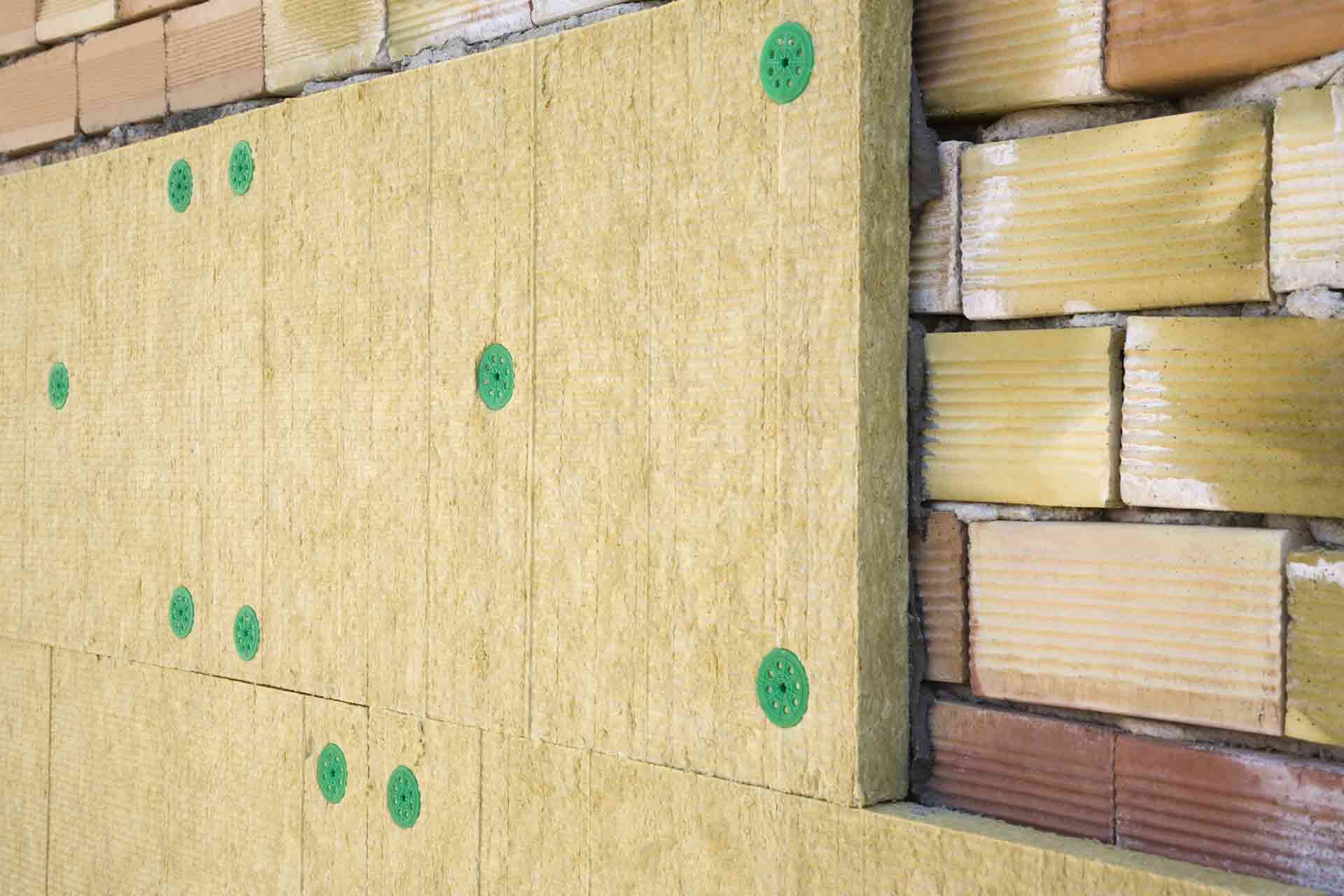
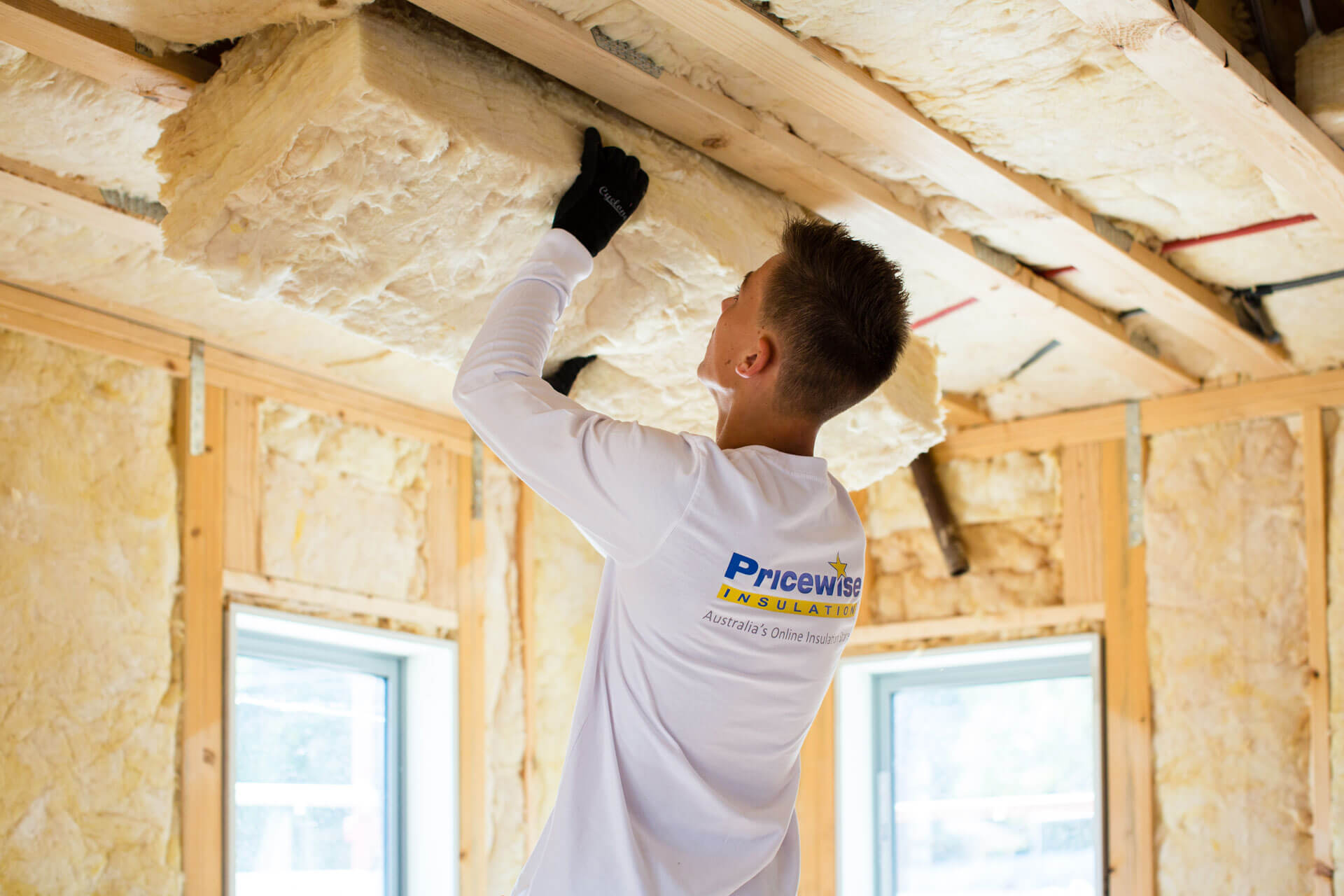
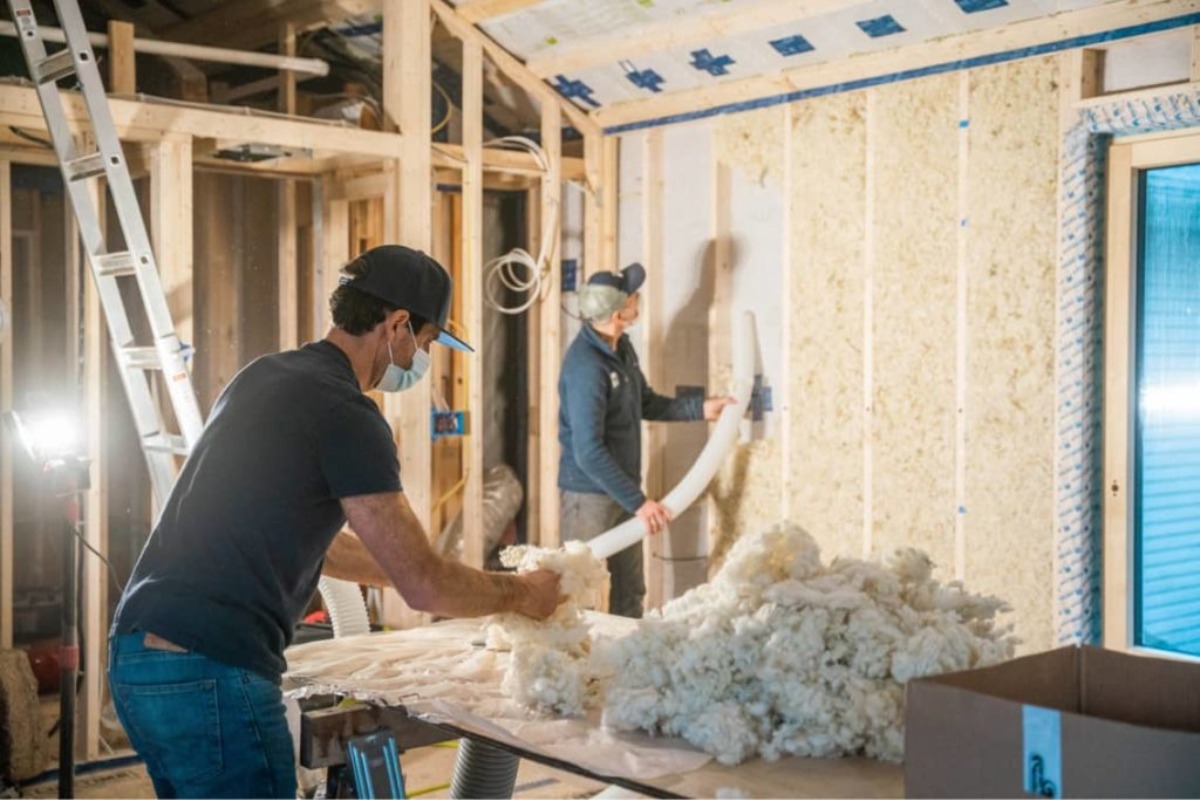
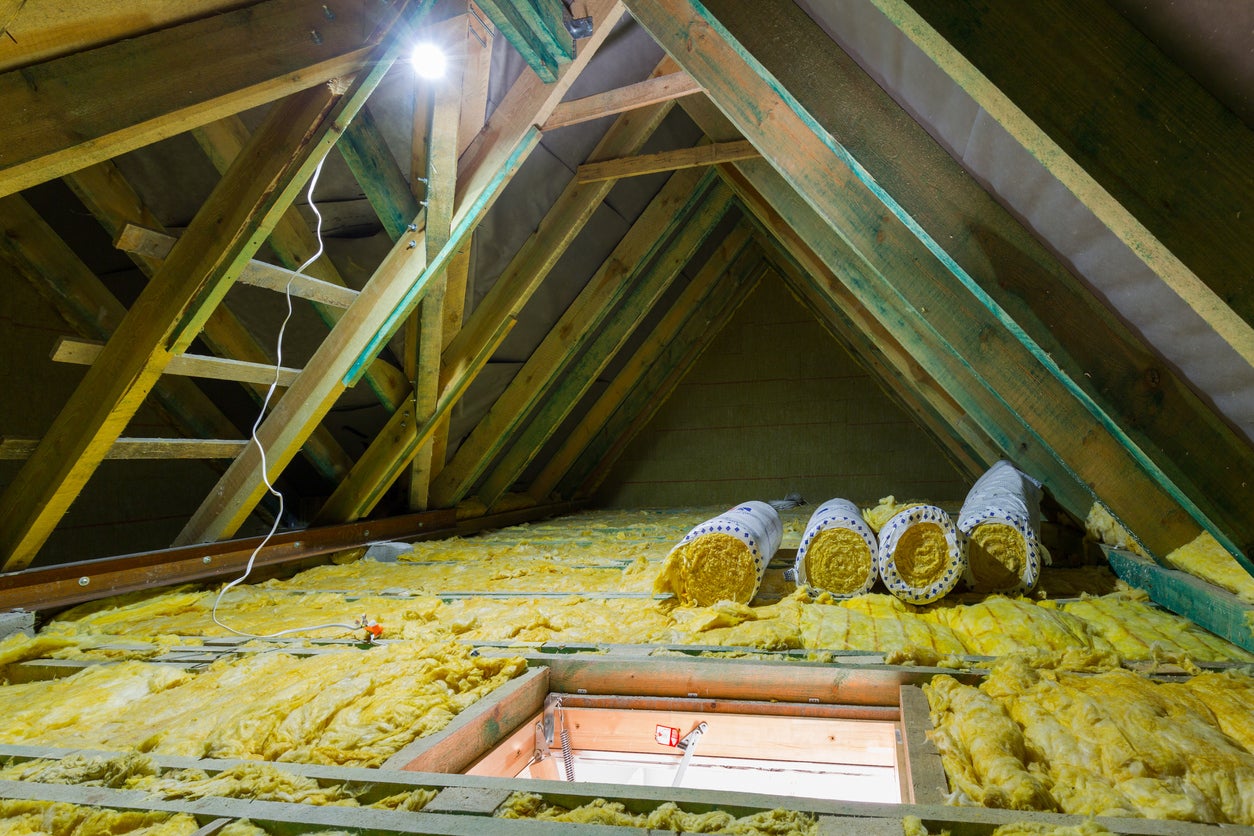
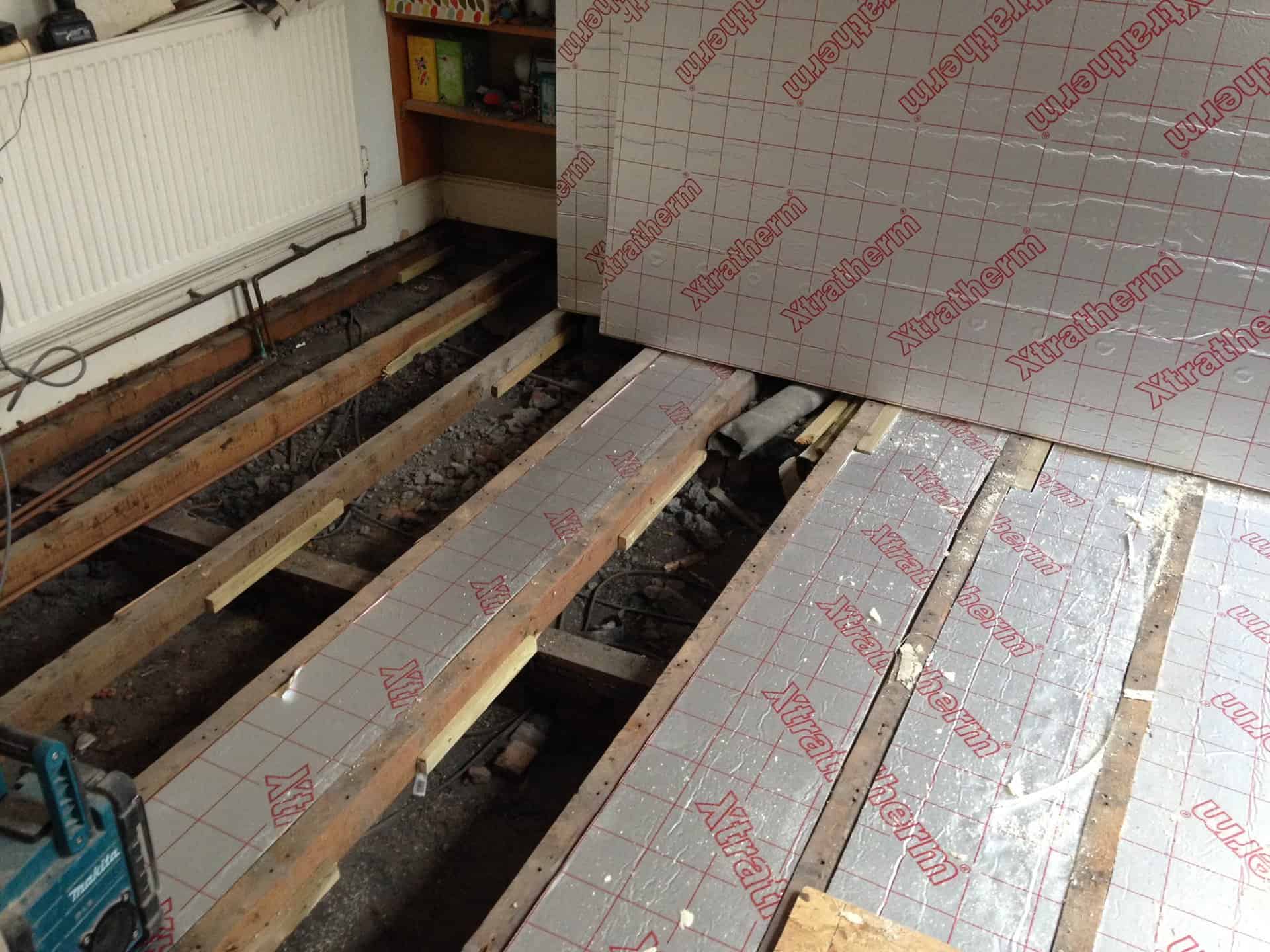
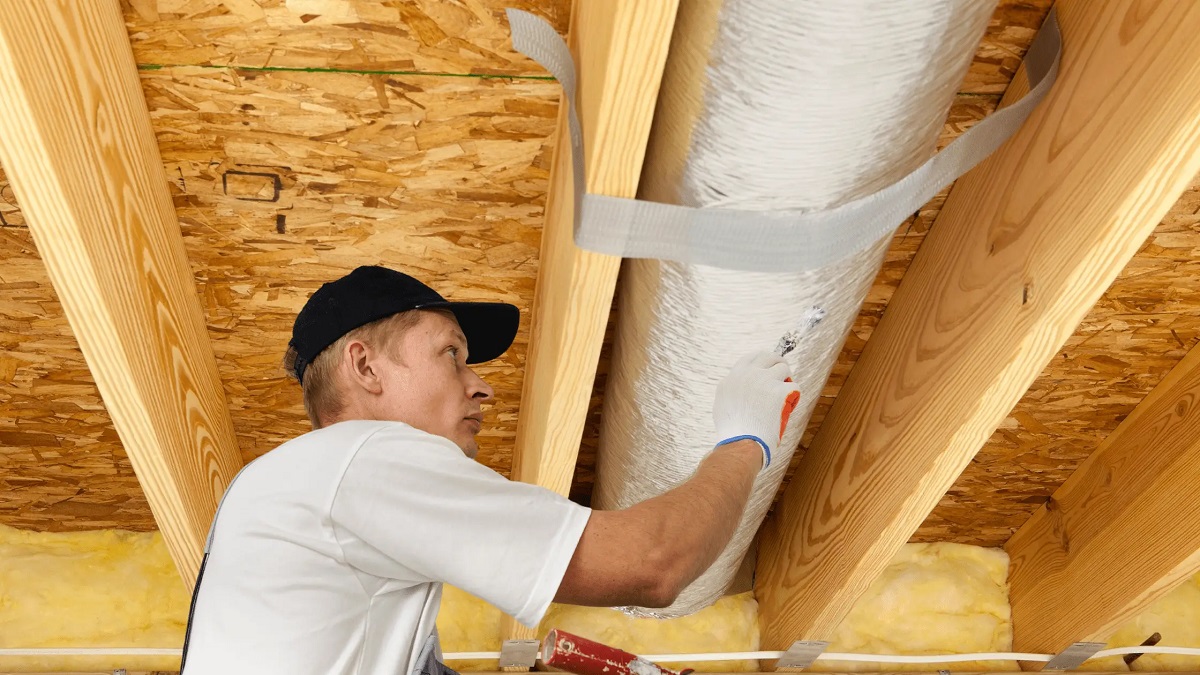
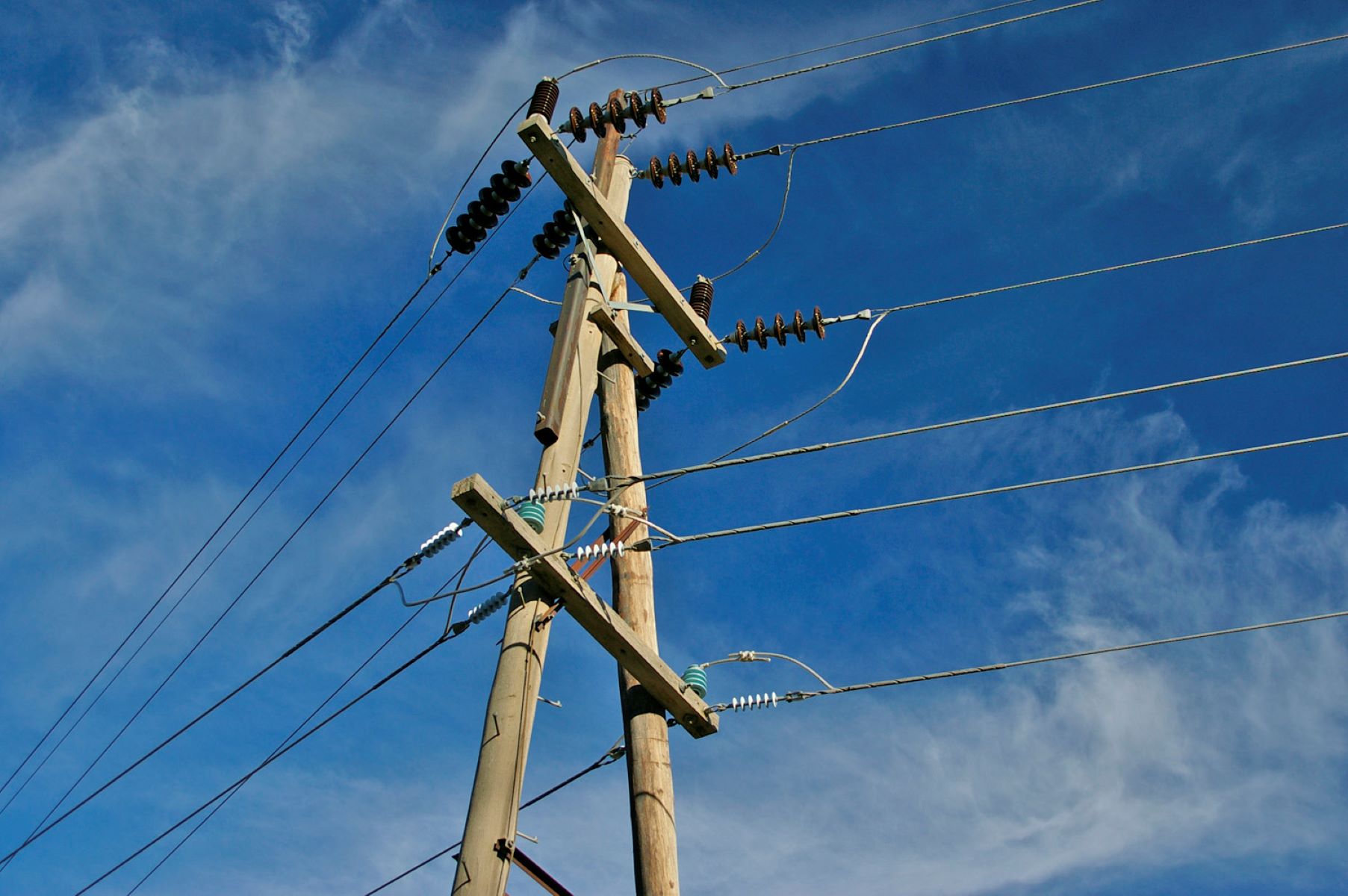
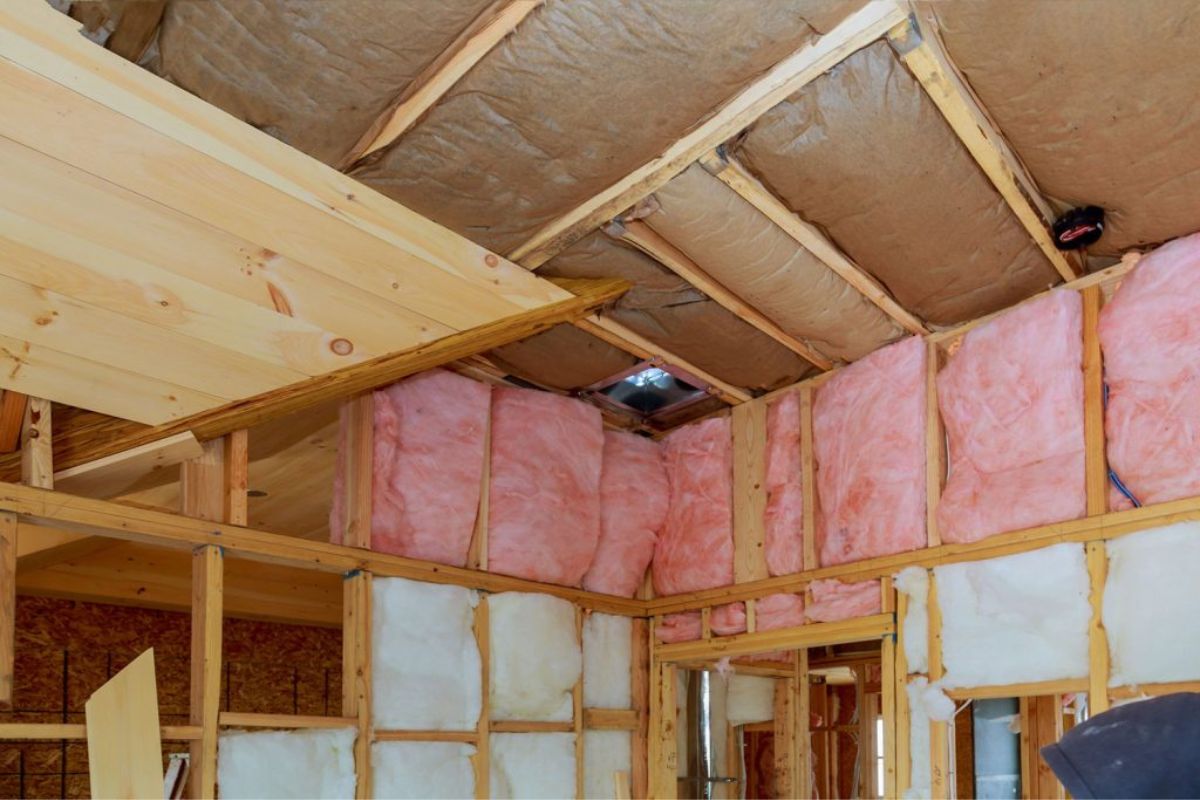
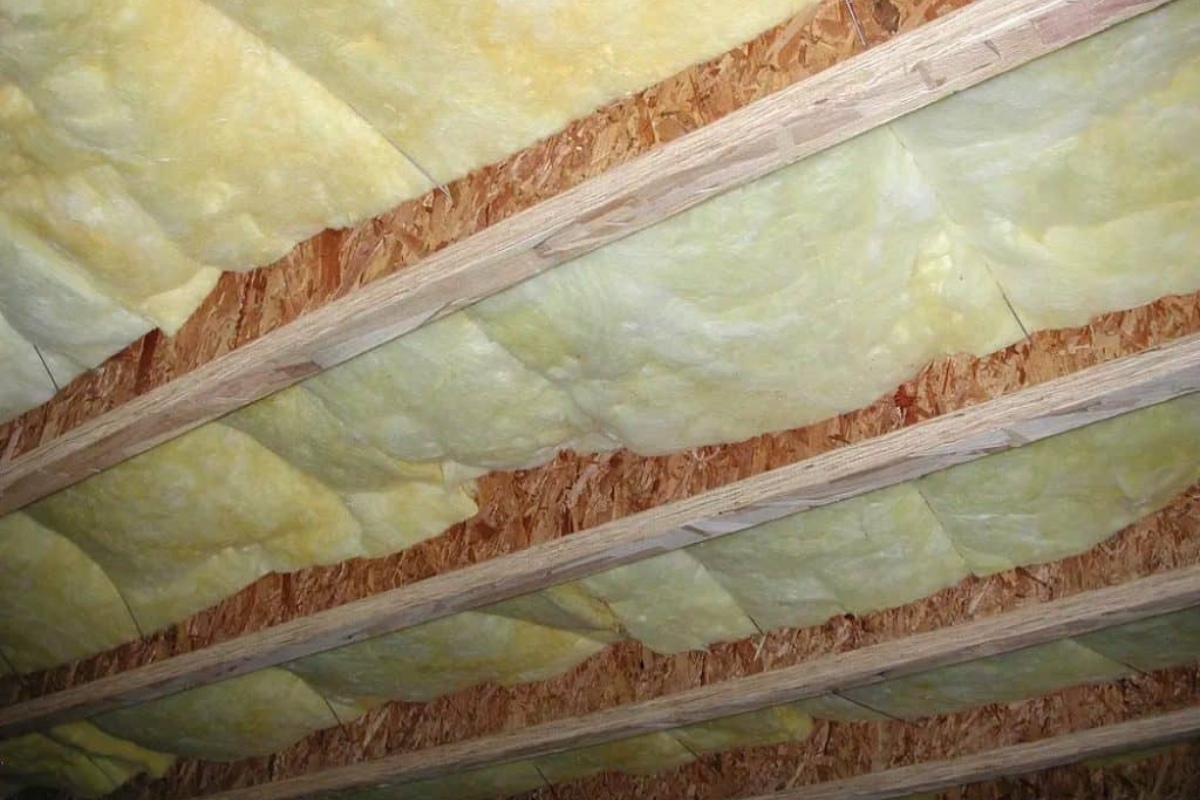

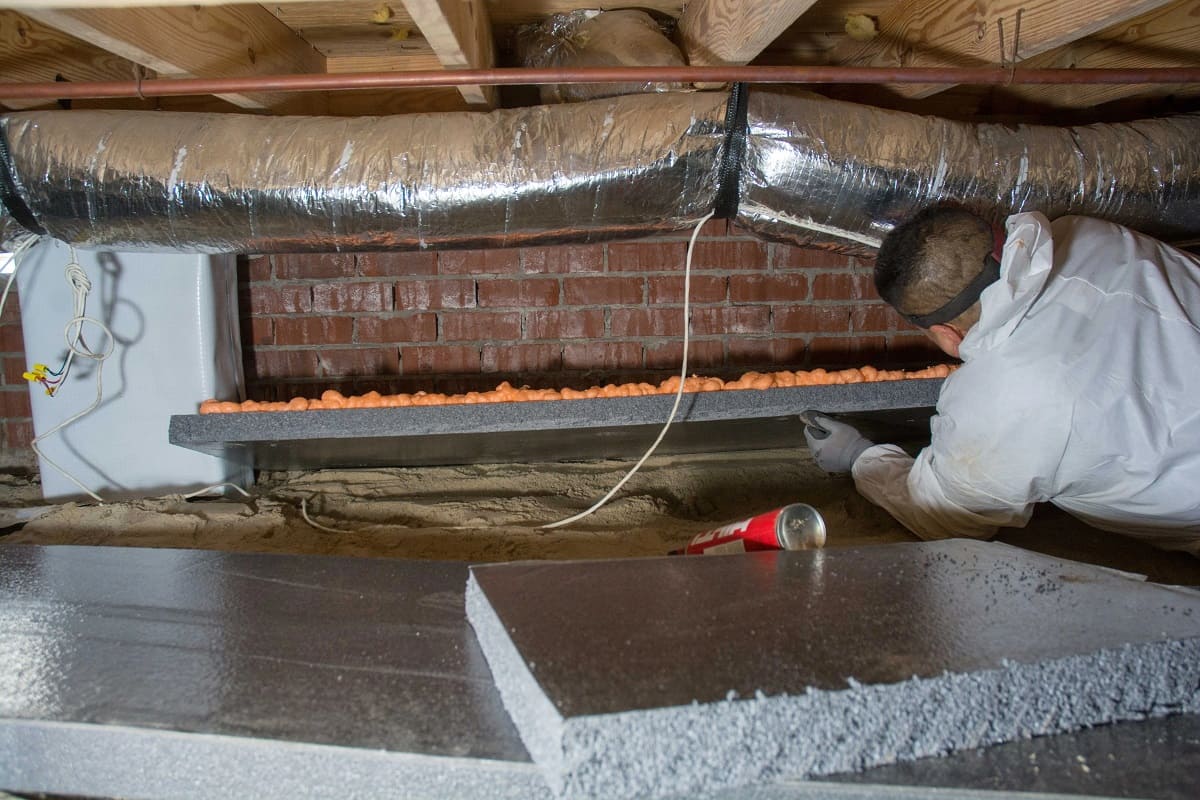
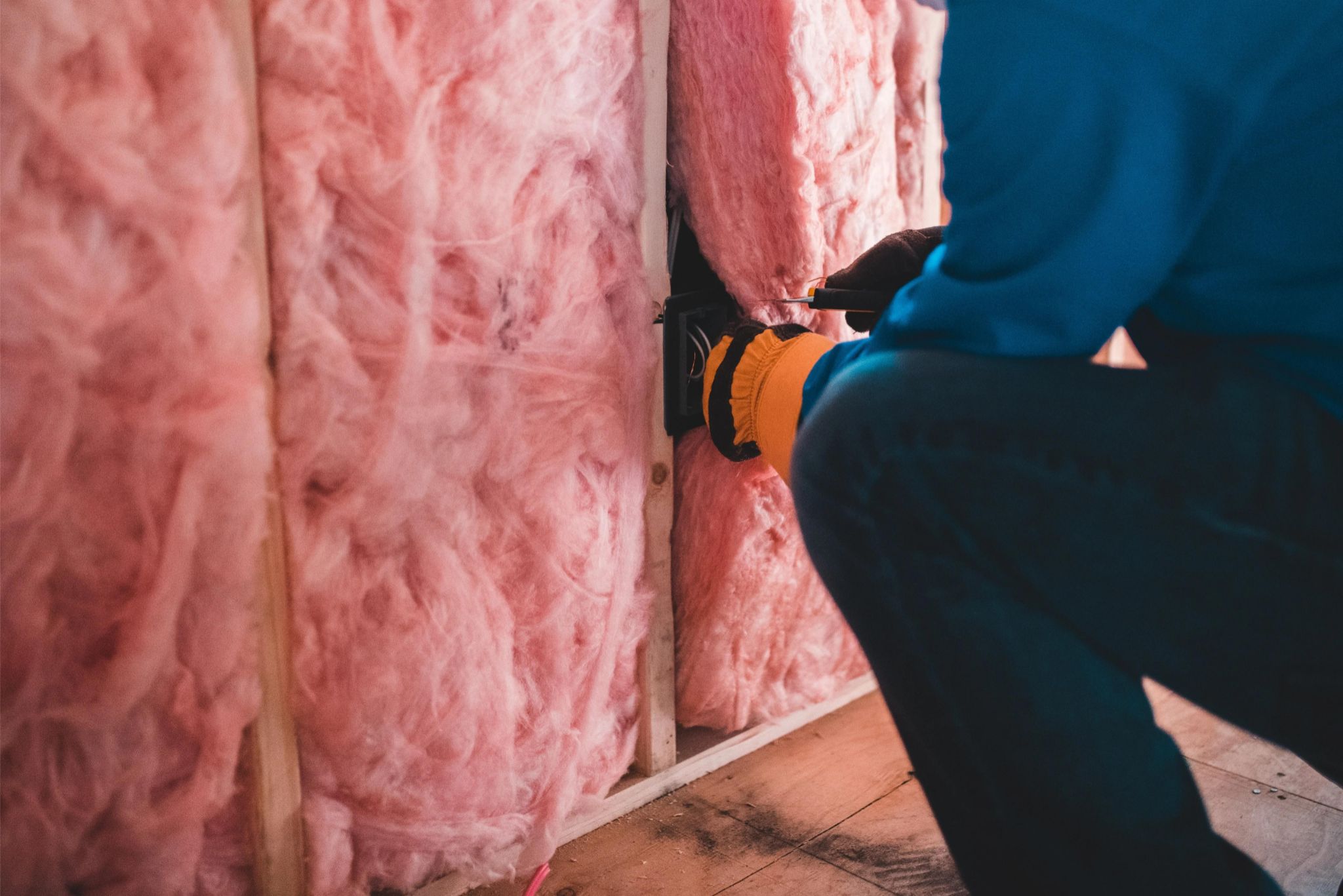
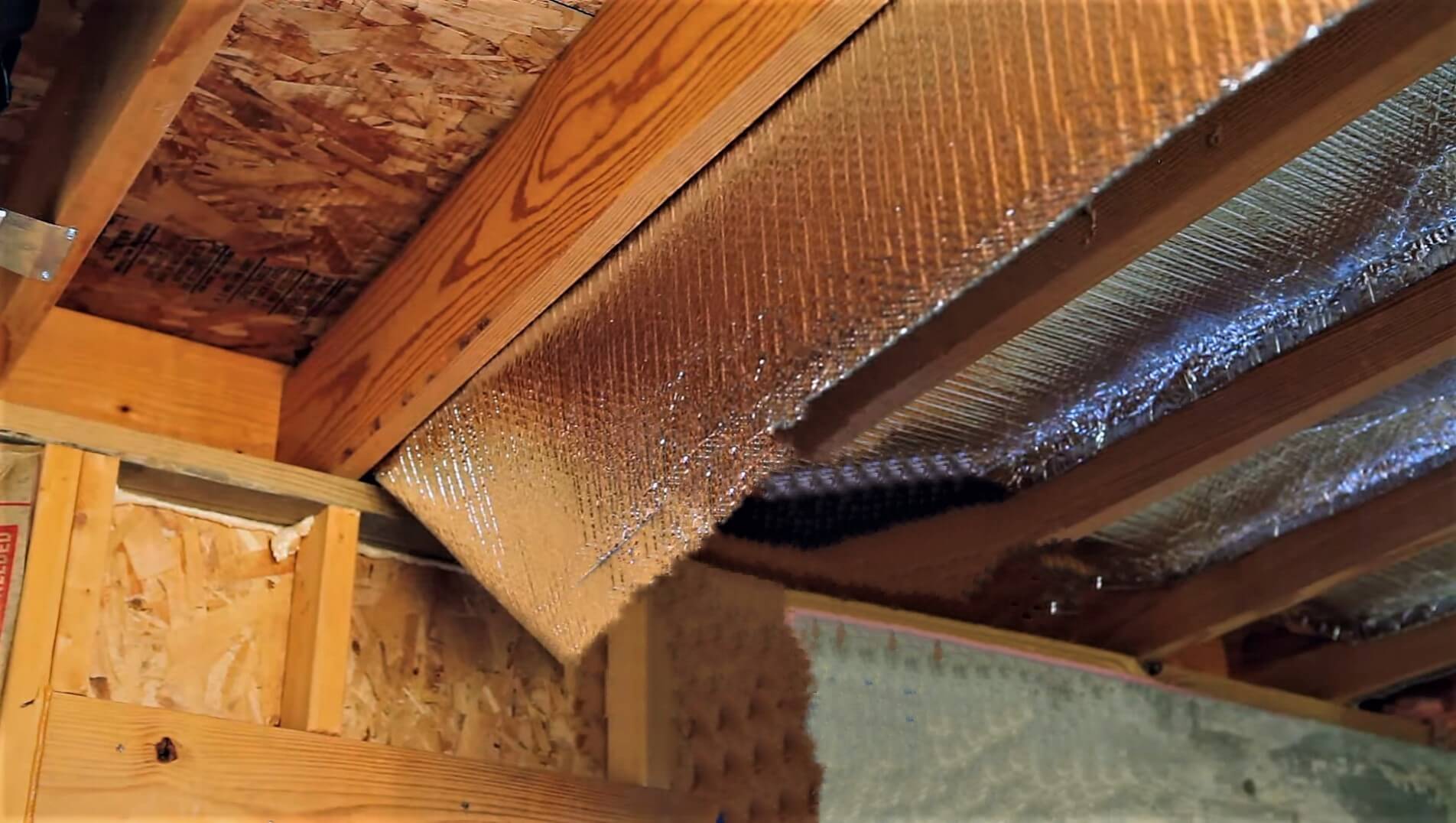

0 thoughts on “What Is Fanfold Insulation Used For”